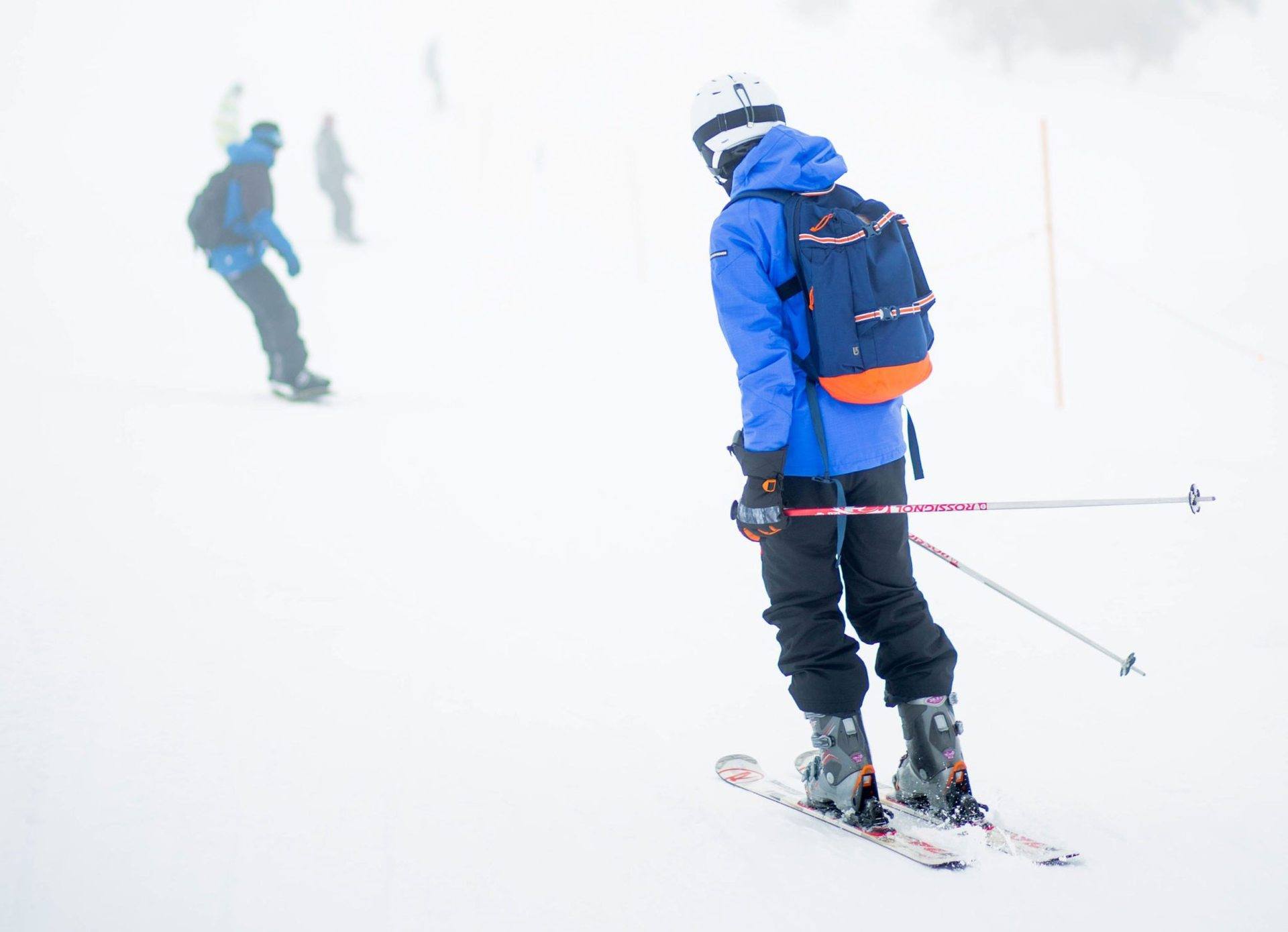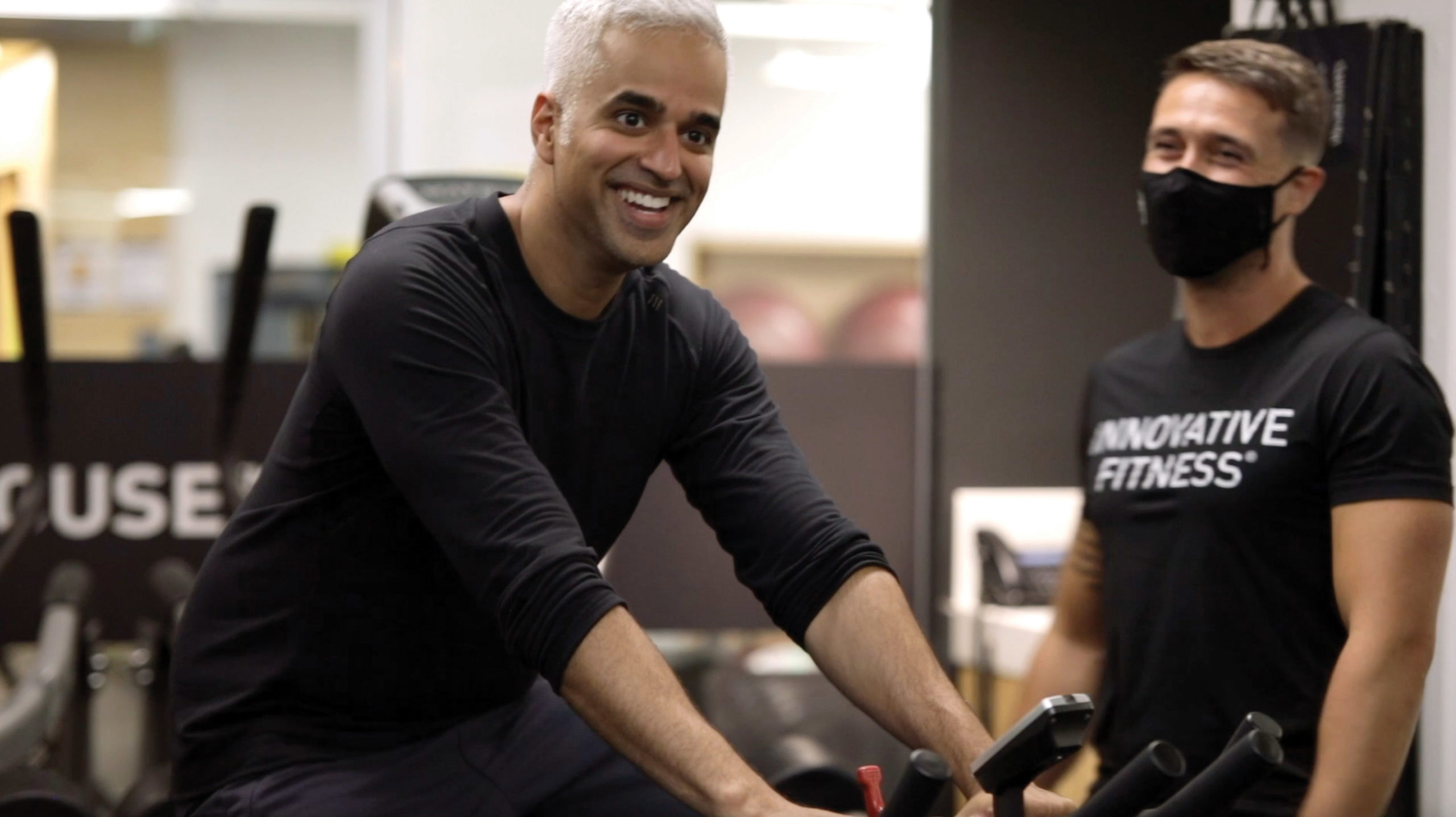Knee injuries account for one third of the injuries that skiers suffer from. Much discussion has taken place over which mechanisms are the most common factors that elicit these injuries. The following information was taken from a study by Shea et. al (2014) which looked at common causations of knee injuries in the skier population.
What this study discovered was that valgus-external rotation (32.9%) was the most common mechanism that caused stress/injury of the knee joint. This was followed by phantom foot (22.5%), hyperextension (19%), boot-induced (7.8%) and finally collision (2.2%).
Valgus-external rotation is produced during extreme flexion of the knee (knee travelling over the boot). In this position, the leg is very susceptible to abduction (away from your body) and external rotation of the tibia (feet facing outwards). This motion is linked with the terrible triad: tears of the anterior, medial cruciate ligaments, and medial meniscus.
Phantom foot mechanism is caused by flexion and internal rotation of the knee. Phantom foot is most commonly seen when the skier loses his or her balance and sits back on their skis. As the weight shifts towards the back, the hyper flexed knee becomes susceptible to valgus forces (a lateral force damaging the inside of the knee) and can easily rotate inwards on itself.

So how can skiers reduce injuries for the upcoming season?
First, check all your equipment is correctly fitted and isn’t adding any unwanted stress on your knee joints. The DIN setting on your bindings is also very important. This setting takes into account your height and weight and should accurately be set to release when too much force is being placed between the leg and ski.
Second, proper conditioning prior to the season is crucial to allow your knee and ligaments to function correctly with the proper support. Staying in shape during the winter months can help prevent injuries and post-ski pains. Your IF coach can help you create a stretching and exercise plan that will prepare you for a healthy season.
The quadriceps and hamstrings directly affect knee stability as many of their insertion points are on, below or above the knee.
Some exercises to focus on to reduce knee stress are:
- Pause squats
- Hamstring curls
- Bulgarian split squat
- Calf extensions
- Wall squats
It is important to point out that much of skiing is eccentric strength (weight travelling with gravity) and therefore the “down phase” and “bottom phase” should be emphasized when performing these exercises. Incorporating lengthened down phases into your leg exercises will aid preparation.
Flexibility of the lower limbs is crucial to protect yourself from suffering one of the previously listed injuries. Properly getting into these hyper flexed knee and hip positions with ease will allow your muscles to better function at these extreme ranges of motion. Practicing adequate hamstring, achilles and quadricep stretches will significantly reduce injury.
The following list of hip, knee and ankle stretches will all aid.
- Couch Stretch – targets quadriceps and psoas muscle
- Standing glute stretch – targets gluteus maximus and medius muscle groups
- Child’s pose – pushes hips, knees, & ankles into hyperflexed positions
- Wall calf stretch – targets gastrocnemius and soleus muscles (if knee is bent)
These training tips will provide you with a baseline to build from in you ski season preparation. Happy skiing!
—
Jon Oswlad
Professional Training Coach
Innovative Fitness Kitsilano
Reference
Shea. Kevin G, Archibald-Seiffer. Noah, Murdock. Elizabeth, Grimm. Nathan L, Jacobs. John C Jr, Willick. Stuart, and Van Houten. Heather. 2014. Knee Injuries in Downhill Skiers. Orthop J Sports Med. 2(1).






